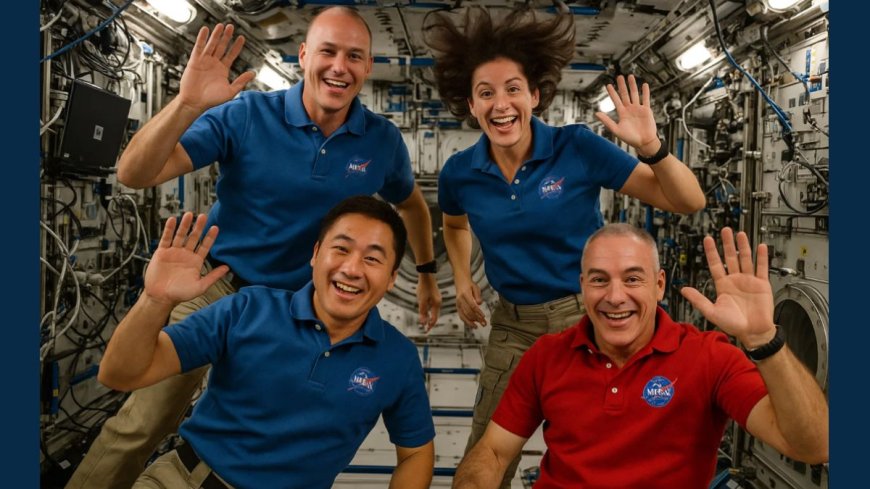NASA Reveals How Space Affects Human Health and Prepares for Mars
NASA shares insights on the impact of space travel on the human body, from radiation exposure to gravity changes. The agency is getting astronauts ready for long journeys to the Moon and Mars under the Artemis mission.

NASA has shared detailed insights on how space travel affects the human body, from radiation exposure to gravity changes. NASA is preparing astronauts to not only survive but thrive on long-duration journeys to the Moon and Mars. The Artemis mission is the next step in this bold journey.
In space, astronauts live without gravity, sunshine or fresh air- practically making it tough for any random person to survive. This unique environment puts immense pressure on the human body and mind. NASA has been studying this for over 50 years to make spaceflight safer, especially with plans to reach the Moon again and eventually Mars under the Artemis mission.
How NASA studies space health
NASA’s Human Research Program studies every aspect of the human body and how it responds to space. Legendary missions like the Twins Study- comparing astronaut Scott Kelly in orbit with his twin Mark on Earth—helped uncover the long-term effects of spaceflight on DNA, immunity, and cognition.
RIDGE: NASA’s Top 5 Space Hazards
NASA groups the biggest space dangers under RIDGE: Radiation, Isolation, Distance from Earth, Gravity changes, Hostile environments. Each factor is capable enough to damage health, mood, and performance of the human, especially on missions lasting years.
Radiation: The invisible threat to the human body
Beyond Earth’s magnetic shield, astronauts face solar particles and cosmic rays. This can lead to cancer, cataracts, and heart disease. NASA claims to use shielding, detectors, and Earth-based simulations to improve protection.
Mental strain from Isolation
Astronauts live in tight spaces, often for months or years, which can lead to stress, sleep issues, and mood changes. NASA uses LED lighting, virtual reality, and space gardens to keep mental health in check.
Mars Missions: No room for error
Communication delays of up to 20 minutes on Mars mean no real-time help. Astronauts will have to carry everything- from medical kits to spare tools while traveling to Mars. It is further reported that NASA is testing AI-assisted systems and long-lasting medicines.
The weight of no gravity
Zero gravity reportedly weakens bones and muscles, and further shifts fluids upward, affecting eyesight and balance. NASA fights this with resistance exercises, diet plans, and even suction suits to manage fluid pressure.
Breathing easily in a closed space
Air and water on spacecraft must stay pure. NASA tests for germs and gases, while astronauts undergo regular health screenings. New tech helps monitor air quality and microbial growth.
Sleep, light, and stress
Artificial lighting is set to simulate Earth’s day-night cycles, supporting better sleep and mental clarity. NASA’s futuristic living quarters are built for comfort, safety, and health.
Looking ahead: Artemis and beyond
With the Artemis missions, NASA is collecting real-time data from the Moon to guide future deep-space exploration. The goal is to build missions where astronauts don’t just survive—but flourish—on the final frontier. From space-proof homes to microbe monitoring, NASA’s efforts are unlocking the secrets of human endurance beyond Earth—paving the way to Mars, step by step.
According to the source: India TV News.
What's Your Reaction?
 Like
0
Like
0
 Dislike
0
Dislike
0
 Love
0
Love
0
 Funny
0
Funny
0
 Angry
0
Angry
0
 Sad
0
Sad
0
 Wow
0
Wow
0







































































































































































